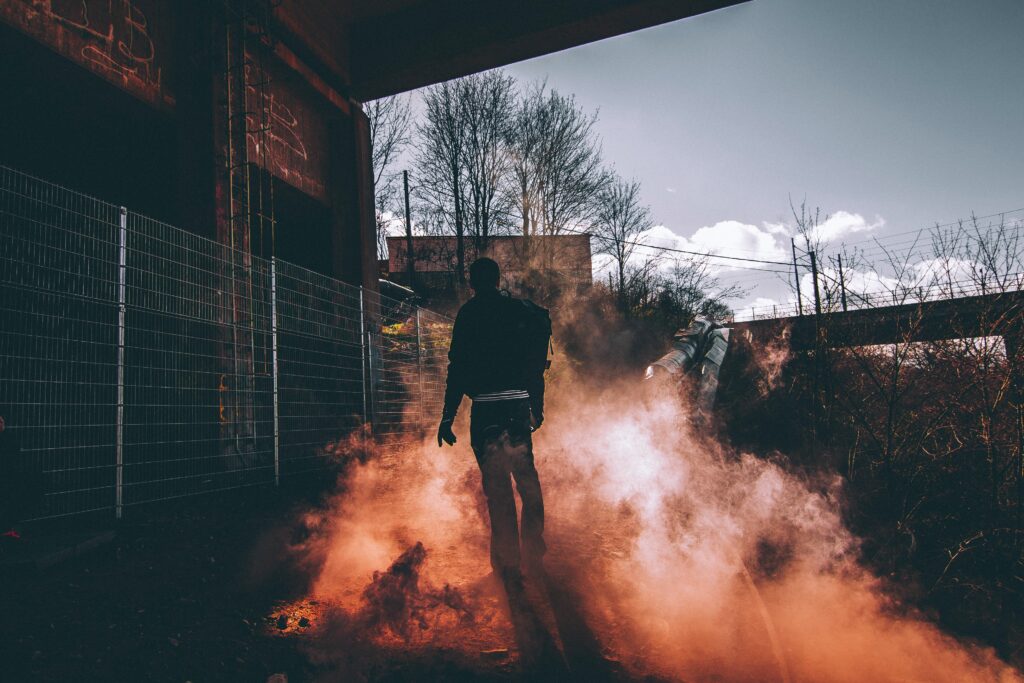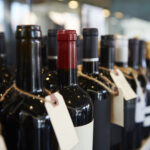 Wildfires are devastating the American west, raging across California, Washington, and Oregon. As of this writing, thirty-six fires have burned through about a million acres of land, killing 27 people and draping a blanket of thick smoke over millions.
Wildfires are devastating the American west, raging across California, Washington, and Oregon. As of this writing, thirty-six fires have burned through about a million acres of land, killing 27 people and draping a blanket of thick smoke over millions.
“It’s tragic up here, by Lake Berryessa,” says Curtis Hecker, the US Director of Sales Stewart Family Estate, which brings together a portfolio of luxury wine brands in Sonoma, Napa, and Canada, including Valley of the Moon, Lake Sonoma Winery, Plume and Quails’ Gate Winery. “The amount of ash that has fallen in the past ten days has been absolutely devastating.” Although fires themselves have steered clear of the majority of vineyards, they threaten the area and its grapes with serious smoke damage.
These wildfires rage on an unprecedented scale, but the west coast and its wine producers are no strangers to wildfires. Major fires have burned in Napa and Sonoma counties for three of the past four years, destroying a historic winery and covering rows of vines rolling across scenic hills with plumes of thick smoke. This year, many vineyards and wineries have avoided serious damage so far, but Simple Machine, a Rogue Valley winery, was lost and danger persists for the Willamette valley as flames continue to rage in Oregon.
Curtis lives in the city of Napa, and everything nearby is covered in charcoal debris from the fires, from his patio furniture to his tomato plants. He can drive for miles and miles without escaping smoke; the air quality has been terrible for the past 28 days and counting. As for his tomatoes, he can just wash them off (super thoroughly!) and slice them up for dinner. But grapes are different—“because of their sugary composition, everything gets absorbed and sticks,” Curtis explains. “There’s no fix. There’s no way to aerate or filter the smoke out. There have been experiments, but removing smoke taint also robs wine of its aroma, flavor, complexity, and color.”
Which puts grape growers and winemakers in a terrible bind, especially since producers are already reeling from the Covid pandemic. Another devastating aspect of this year’s fires is their timing—the fires from last year and 2017 happened in the middle of October, when the majority of the grapes had already been harvested. This year, most of the grapes remain on the vines, especially the Pinot Noir and Cabernet Sauvignon that thrive in the region and aren’t scheduled to be turned into wine for several more weeks. “These problems can make even the strongest people nervous,” Curtis agreed.
Many winemakers who buy grapes from nearby growers are opting to sit this season out, which creates a ripple effect in the economy, hurting farmers. The effects are beyond financial. For many, they are deeply personal.
When I asked Curtis what wine lovers could do, he told me, “Just pray and send positive thoughts. So much of the damage has already been done.” Winemakers are resilient and creative. They are used to good years and hard years, wet, cold, heat, and beyond. “There are always challenges. Great winemakers always make good wine, even in bad years,” says Curtis.
You can read more about the fires and their impact on wine here. Stay safe.
 Hannah Howard is a writer and food expert who spent her formative years eating, drinking, serving, bartending, cooking on a hot line, flipping giant wheels of cheese, and managing restaurants. She is the author of the memoir Feast: True Love in and Out of the Kitchen. Hannah is a graduate of Columbia University and the Bennington Writing Seminars. She writes for SELF, New York Magazine, and Salon.com, and lives in New York City.
Hannah Howard is a writer and food expert who spent her formative years eating, drinking, serving, bartending, cooking on a hot line, flipping giant wheels of cheese, and managing restaurants. She is the author of the memoir Feast: True Love in and Out of the Kitchen. Hannah is a graduate of Columbia University and the Bennington Writing Seminars. She writes for SELF, New York Magazine, and Salon.com, and lives in New York City.



